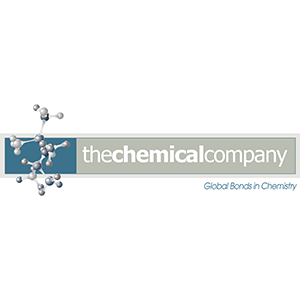TCC’s tetrabromophthalic anhydride (TBPA) is a reactive flame retardant incorporated into unsaturated resins. It is also a starting material for the manufacture of other flame retardants such as bromine-containing urethane polyols and diallyl tetrabromophthalate. Additionally, TBPA is used to manufacture sulfobromophthalein, a compound used as a diagnostic aid for the determination of liver function.
Applications
TCC’s Tetrabromophthalic anhydride (TBPA) is a powerful fire–retardant monomer, markedly superior to tetrachlorophthalic (TCPA) anhydrides, as demonstrated in comparative combustion tests on polyester and epoxy resins. As a flame retardant it is used in plastics, paper and textiles, and also as an intermediate to produce pharmaceuticals.
As a reaction burning-resistant agent, TBPA is used for polyester, unsaturated polyester, and epoxy resin. As an additive burning-resistant agent, TCC’s TBPA can be used for polystyrene, polypropylene, and ABG resin, antimony trioxide and other engineering plastics and synthetic materials, and for the composition of fine chemical substances.
Shipping Information
TCC’s TBPA – Tetrabromophthalic Anhydride is available for shipping throughout the continental United States with one (1) week lead-time. Please call (401) 360-2800 for details. TBPA is a powder shipped in 1MT net supersacks, 25kg bags palletized w/shrinkwrap.



